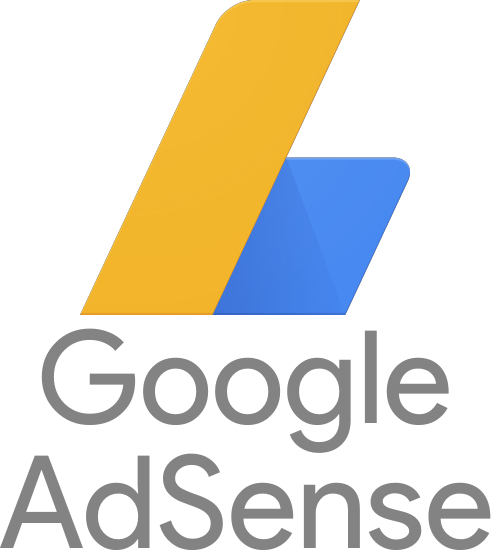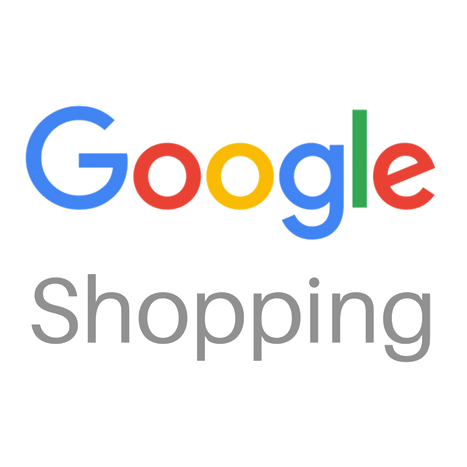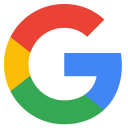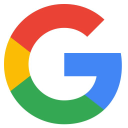Leaving A 6-Figures Career In Biotech To Start A Mental Health Podcast Network
Hello! Who are you and what business did you start?
I’m Gill (pronounced Jill) and I’m the founder of Sober Powered Media. I started my business in June 2022 after growing my podcast, Sober Powered, from no audience at all to a top 100 mental health podcast in 2 years. I started SPM to bring together some of the top mental health podcasts to help us monetize our shows with sponsorships, grow our shows, and work together as a team to share our expertise in a mastermind group.
The main part of my business is my podcast network, which at the moment includes 5 top mental health podcasts. As network owner, my responsibilities include negotiating sponsorships, running ad campaigns, organizing cross-promotion, helping my podcasters with marketing and PR, and organizing our mastermind group.
My other streams of income are from podcast and Instagram coaching, writing, and a membership I have for my listeners. I work with mental health podcasters in my network, podcasters in any category for my podcast...

Download the report and join our email newsletter packed with business ideas and money-making opportunities, backed by real-life case studies.

Download the report and join our email newsletter packed with business ideas and money-making opportunities, backed by real-life case studies.

Download the report and join our email newsletter packed with business ideas and money-making opportunities, backed by real-life case studies.

Download the report and join our email newsletter packed with business ideas and money-making opportunities, backed by real-life case studies.

Download the report and join our email newsletter packed with business ideas and money-making opportunities, backed by real-life case studies.

Download the report and join our email newsletter packed with business ideas and money-making opportunities, backed by real-life case studies.

Download the report and join our email newsletter packed with business ideas and money-making opportunities, backed by real-life case studies.

Download the report and join our email newsletter packed with business ideas and money-making opportunities, backed by real-life case studies.
























